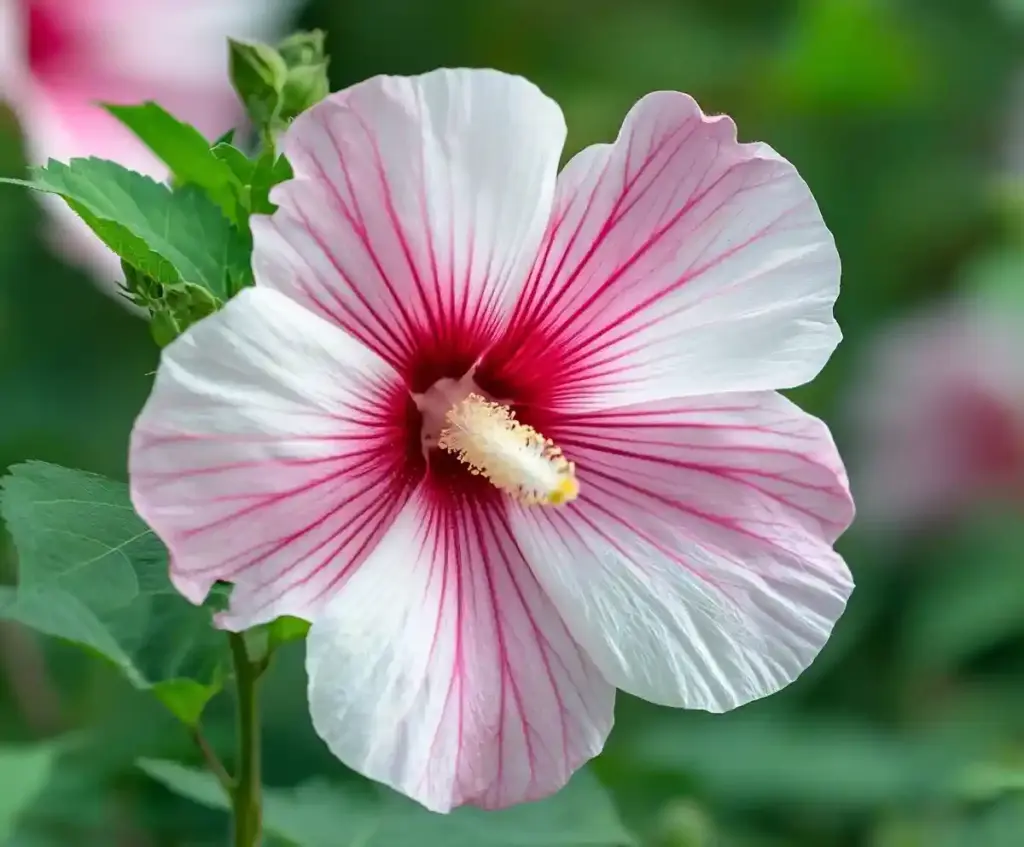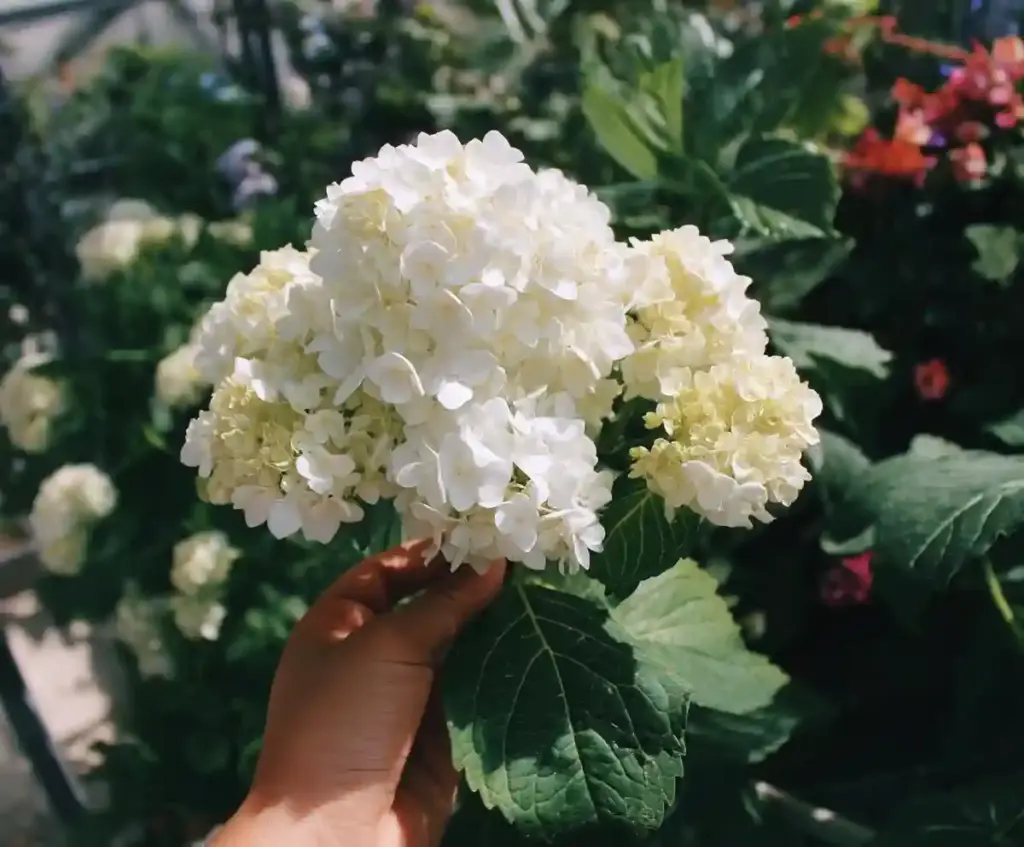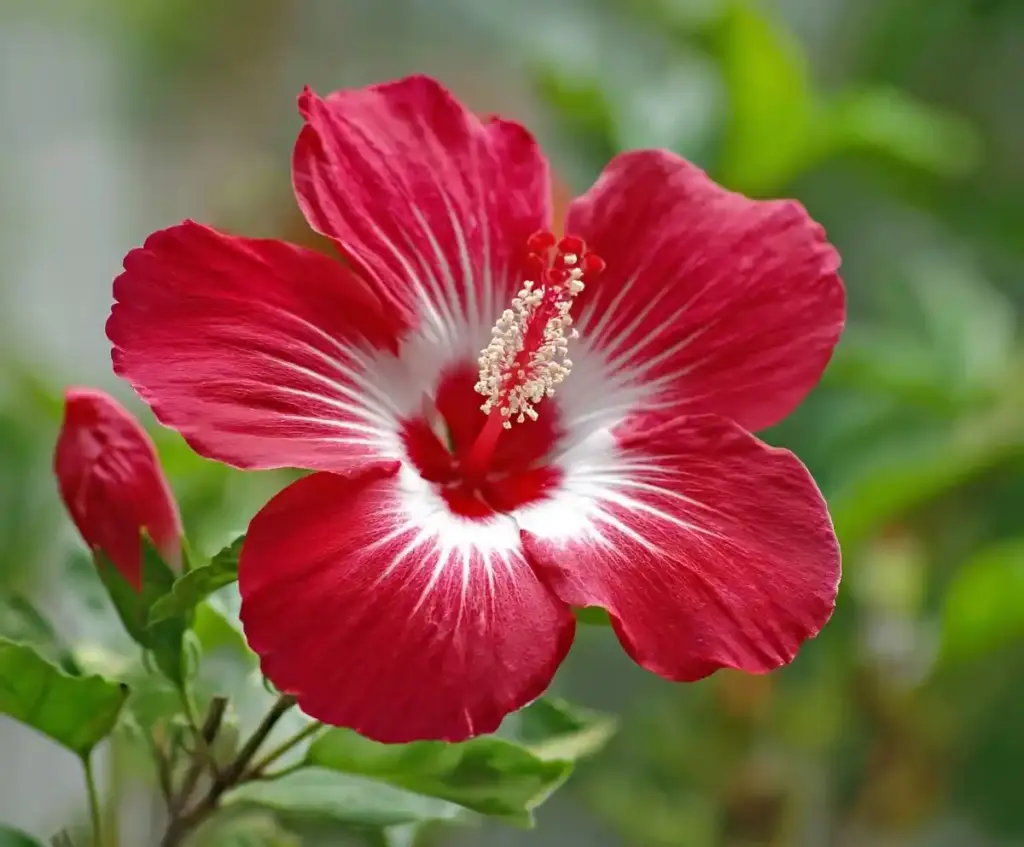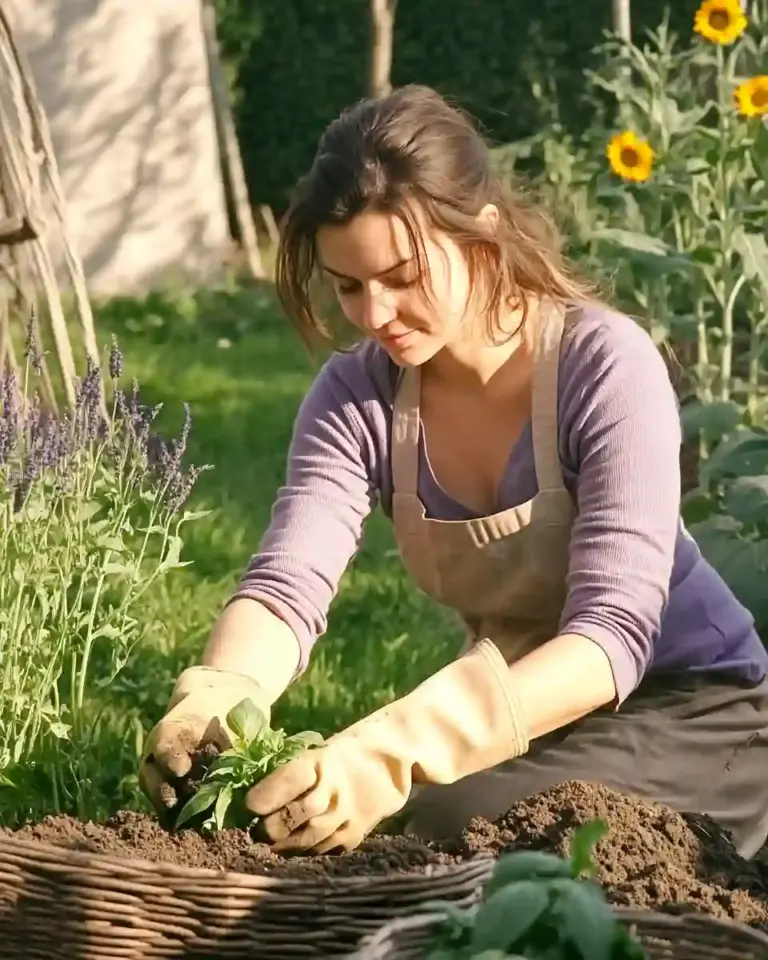Pothos plant care is effortless and rewarding, making this vine one of the most popular houseplants in the world. Whether you’re a new plant parent or looking to fill your space with lush, trailing greenery, pothos (Epipremnum aureum) is the perfect choice.
This tropical vine thrives in a wide range of light and humidity conditions. With heart-shaped leaves, easy propagation, and low-maintenance needs, the pothos plant adapts well to apartments, offices, or even bathrooms. With the right tips, your pothos can grow fast and look full year-round.
In this guide, we’ll cover everything from watering and lighting to soil, propagation, and troubleshooting—perfect for anyone who wants a thriving pothos plant indoors.
Table of Contents
Pothos Plant Facts & Botanical Background
Before diving into pothos care, it helps to understand what makes this houseplant so unique. Known by many names—including Devil’s Ivy and Golden Pothos—this plant is loved for its resilience and fast-growing vines.
🌿 Quick Facts
- Botanical Name: Epipremnum aureum
- Common Names: Pothos, Devil’s Ivy, Money Plant, Golden Pothos
- Plant Type: Evergreen tropical vine
- Growth Habit: Trailing or climbing, with aerial roots
- Toxicity: Toxic to pets and humans if ingested
- Native Region: Southeast Asia and the Pacific Islands
- Indoor Size: Typically 6–10 feet, but can be pruned or trained
🌱 Fun Botanical Background
The pothos plant belongs to the Araceae family, closely related to philodendrons and monsteras. In the wild, these vines climb tall trees, using aerial roots to cling and search for more light. Indoors, they behave similarly—spilling over shelves, climbing poles, or trailing from hanging baskets.
What’s fascinating is their leaf transformation. Outdoors in ideal tropical conditions, pothos leaves can grow huge and split (fenestrated). Indoors, they stay heart-shaped and smaller but still lush and beautiful.
Why Pothos Plants Are Loved by So Many
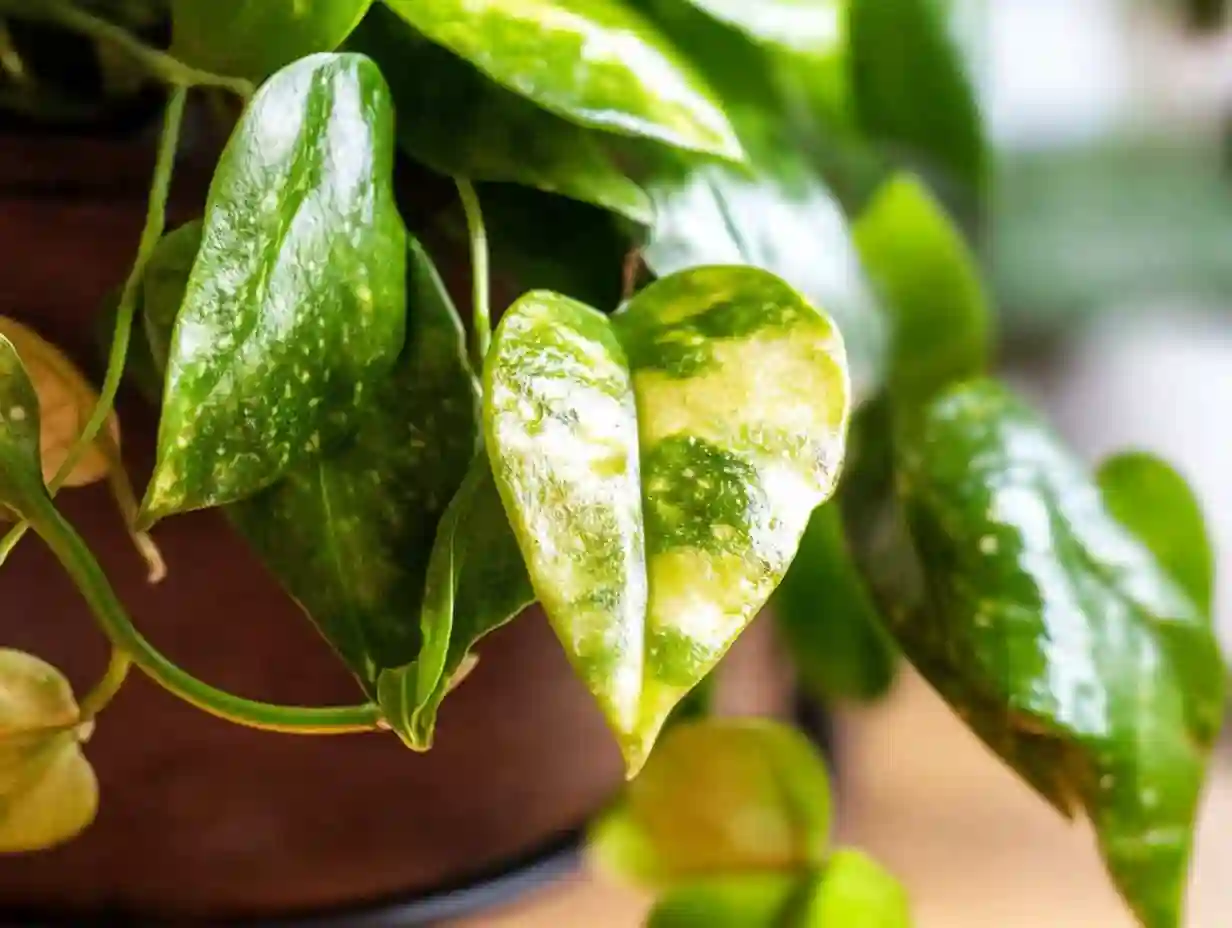
The pothos plant has earned its place as a household favorite—and for good reason. It checks all the boxes for an ideal indoor plant: easy care, attractive foliage, and a forgiving nature.
✨ Key Benefits of Growing a Pothos Plant
Versatile Display Options
Train pothos to climb a moss pole, cascade from a shelf, or drape along curtain rods. Their vines adapt to your space and grow into stunning indoor displays.
Low Maintenance
Pothos can go for days—even weeks—without attention. They bounce back quickly from under-watering or missed care routines.
Air Purification
Studies show that pothos help remove indoor toxins like formaldehyde, benzene, and carbon monoxide, contributing to better indoor air quality.
Grows in Water or Soil
Whether you prefer classic potting soil or a jar of clean water, the pothos plant can thrive in either medium.
Fast & Easy to Propagate
Just snip a stem, place it in water or moist soil, and watch roots grow in a couple of weeks. Great for sharing with friends or doubling your greenery!
Ideal Growing Conditions for Pothos Plants

To help your pothos plant thrive indoors, it’s important to recreate the tropical environment it naturally loves. Thankfully, pothos are adaptable and will still do well even if conditions aren’t perfect.
☀️ Light Requirements
- Best Light: Bright, indirect light—such as near an east- or north-facing window.
- Tolerates: Low light and artificial lighting, like in bathrooms or offices.
- Avoid: Direct sunlight, which can scorch leaves and fade their variegation.
Tip: If your variegated pothos starts turning solid green or looks leggy, it needs more light.
🌡️ Temperature & Humidity
- Ideal Range: 65°F to 85°F (18°C to 29°C)
- Minimum Tolerance: Avoid letting temperatures drop below 50°F (10°C)
- Humidity: Moderate to high (50–60%) is preferred, though pothos can handle average indoor levels.
Use a humidifier or group plants together during dry winter months to give your pothos a humidity boost.
🌱 Soil Requirements
- Best Mix: A well-draining blend of potting soil, perlite, and orchid bark or vermiculite.
- pH Range: Slightly acidic to neutral (6.1–6.5)
- Drainage Tip: Always use pots with drainage holes. Standing water causes root rot fast.
Think light, loose, and breathable. A heavy, soggy soil mix is a pothos plant’s worst enemy.
💧 Watering
- When to Water: Check when the top 1–2 inches of soil are dry.
- How to Water: Water thoroughly until it drains from the bottom. Discard any excess water from trays.
- Avoid: Letting the plant sit in wet soil—this can lead to root rot.
If the leaves are drooping but feel soft, you may be overwatering. If they feel dry and limp, it’s likely underwatering.
Step-by-Step Planting & Propagation Guide
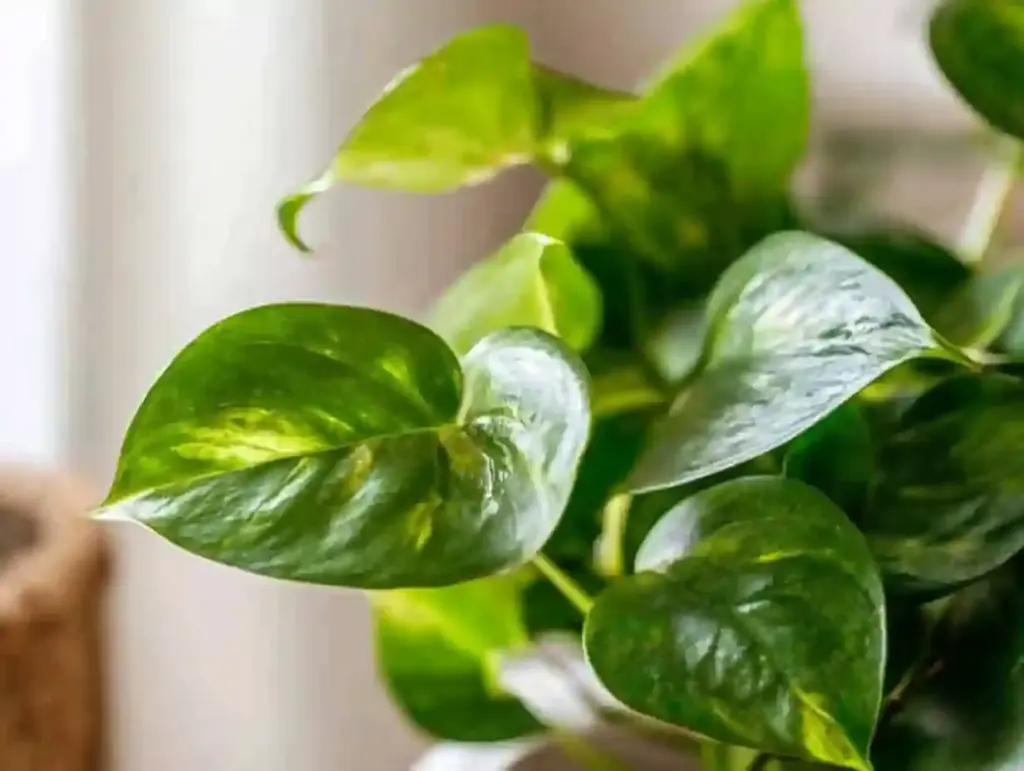
One of the reasons the pothos plant is so popular is how easy it is to plant, repot, and propagate. Whether you’re starting with a nursery plant or rooting a cutting, you’ll have success with just a few basic tools.
🌿 How to Plant or Repot a Pothos Plant
What You Need:
- A healthy pothos plant or cutting
- Pot with drainage holes
- Light, well-draining soil mix
- Optional: gloves (pothos sap may irritate sensitive skin)
Steps:
- Choose the Right Pot
Use a container just 1–2 inches wider than the root ball. Avoid oversized pots—they hold excess water and increase the risk of root rot. - Add Soil and Drainage Layer (Optional)
A thin layer of pebbles at the bottom can improve drainage. Fill with a few inches of your soil mix. - Position the Plant
Gently loosen roots if they’re tightly bound. Place the plant in the center and fill in with soil, firming it gently around the base. - Water Thoroughly
Water until it drains freely, then let it rest in a bright spot with indirect sunlight.
🌱 How to Propagate a Pothos Plant in Water
What You’ll Need:
- A clean pair of scissors or pruning shears
- Healthy pothos stem with visible nodes
- Jar or glass of water
- A bright spot out of direct sunlight
Steps:
- Select a Vine
Choose a stem with 3–4 leaves and at least one visible node (the bump on the vine). - Make the Cut
Cut just below a node, leaving a 4–6 inch stem with at least one or two leaves. - Remove Lower Leaves
Any leaves that would sit in water should be removed to prevent rot. - Place in Water
Submerge the node in water and place the jar in indirect light. Change the water every 2–3 days. - Wait for Roots
Within 1–2 weeks, roots will begin to form. Once roots reach 2–4 inches, transfer the cutting into soil—or leave it growing in water long-term.
Note: You can also propagate pothos directly in moist soil, but water propagation makes it easier to monitor root growth.
Ongoing Care & Maintenance Tips
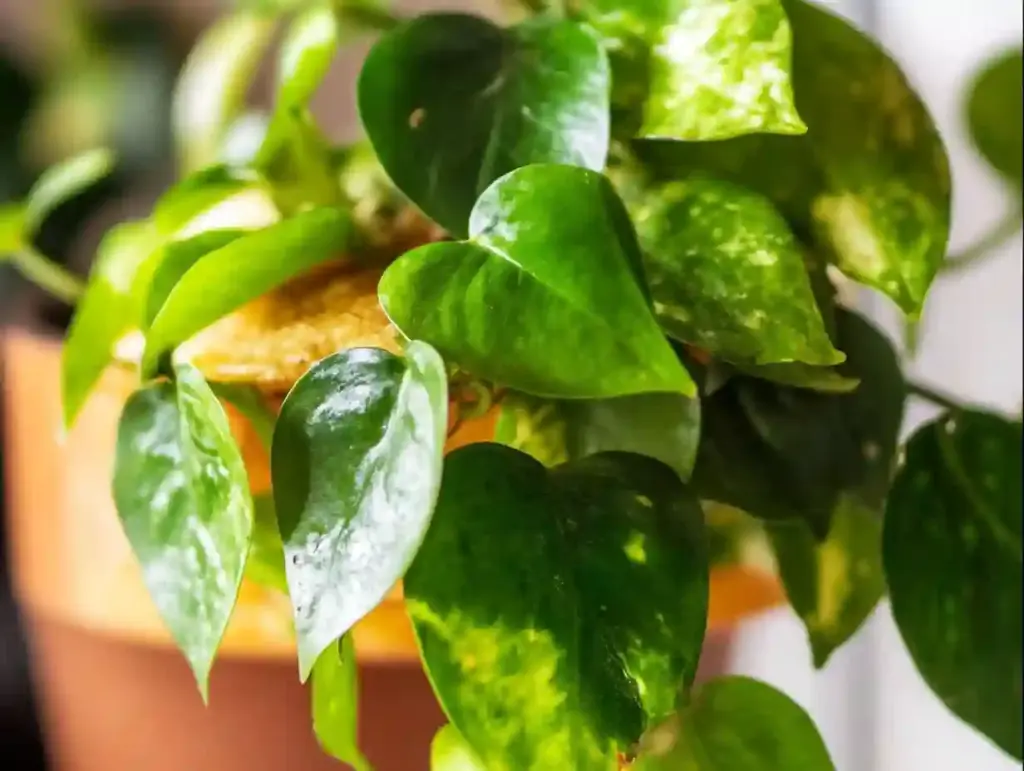
Once your pothos plant is growing, it doesn’t need much to stay healthy. Still, a few simple habits will keep your vine lush, full, and thriving for years.
✂️ Pruning & Training
Regular trimming not only keeps your plant tidy—it encourages bushier growth and prevents legginess.
- When to Prune: Every 4–6 weeks, or whenever vines get too long.
- How to Prune: Use clean scissors to cut just above a node (the spot where leaves emerge). This promotes side shoots.
- Bonus: Pruned stems can be rooted as new plants!
Want a fuller look? Plant 2–3 rooted cuttings in the same pot for a lush, dense appearance.
Training Tips:
- Let vines trail from shelves or baskets
- Use a moss pole, trellis, or wall hooks to climb upward
- Gently secure stems with soft ties or clips
🌿 Cleaning the Leaves
Dust on pothos leaves can block sunlight and reduce growth.
- Wipe leaves monthly with a damp cloth or sponge
- For larger plants, rinse under a gentle shower and let them dry in indirect light
💩 Fertilizing Routine
While pothos are light feeders, they grow faster and look healthier with the occasional boost.
- When: Every 2–4 weeks from spring through early fall
- Type: Use a balanced liquid fertilizer (3-1-2 or 10-10-10), diluted to half strength
- Skip: Feeding in winter when growth slows down
Organic options like worm castings or compost tea can also be added for gentle nutrition.
🔁 When & How to Repot
Even though pothos tolerate being root-bound, they’ll eventually need more room.
- Repot Every: 1–2 years, or when roots circle the pot or poke through the drainage holes
- Pot Size: Only go 1–2 inches up in diameter to avoid overwatering issues
- Soil Refresh: Use a fresh, well-draining mix to boost airflow and nutrients
Troubleshooting Common Pothos Plant Problems

Even though the pothos plant is incredibly hardy, it can show signs of stress if something’s off. Here’s how to recognize and fix common issues before they become serious.
🍂 Yellow Leaves
- Cause: Overwatering or poor drainage.
- Fix: Let the soil dry more between waterings. Check that your pot has proper drainage and the soil isn’t compacted.
🌵 Brown Leaf Tips
- Cause: Low humidity, fluoride in tap water, or salt buildup.
- Fix: Use distilled or rainwater. Flush the soil monthly to wash away salts. Consider a humidifier during dry months.
💧 Wilting or Drooping Leaves
- Cause: Either overwatering or underwatering.
- Fix: Check soil moisture. If soggy, allow it to dry and reduce watering. If bone dry, give a thorough soak.
🌱 Leggy, Sparse Growth
- Cause: Not enough light.
- Fix: Move your plant to a brighter spot with indirect sunlight. Prune back the longest vines to encourage bushier growth.
🎨 Loss of Variegation
- Cause: Too little light.
- Fix: Variegated pothos need more light to maintain their markings. Increase light exposure without placing in direct sun.
Pro Tip: If you’re unsure whether to water, stick your finger into the soil or use a moisture meter. Pothos prefer drying out a bit between drinks.
Natural Pest & Disease Control for Pothos Plants
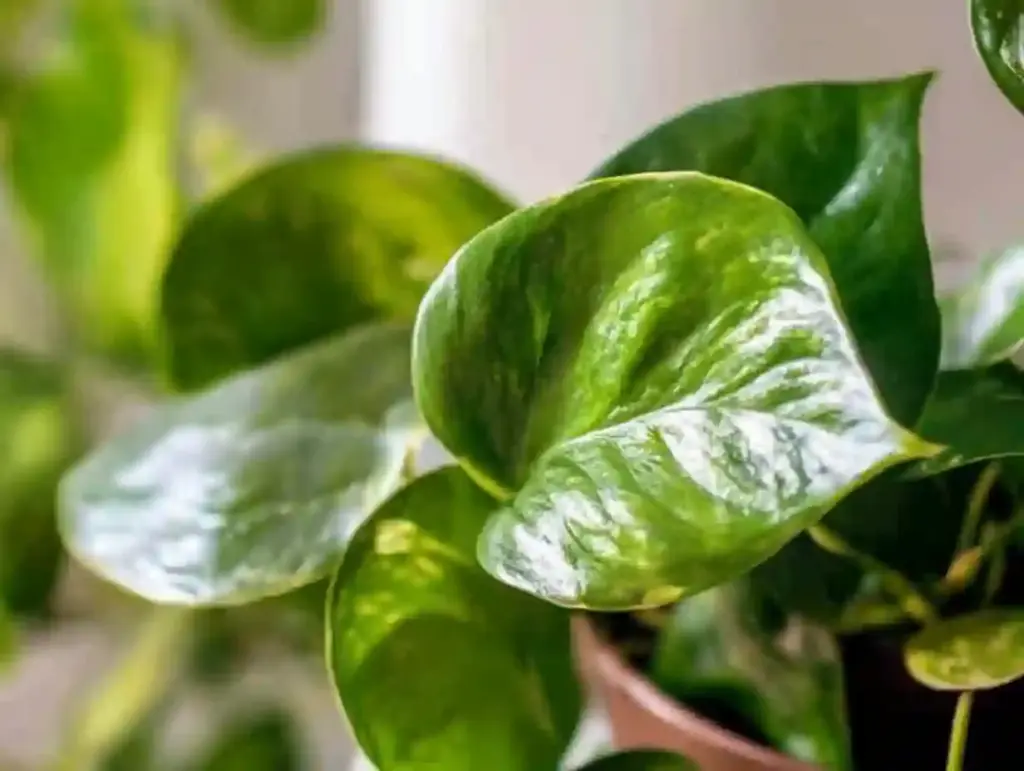
The pothos plant is typically pest-resistant, but like all houseplants, it can occasionally run into trouble. Early detection and gentle, natural solutions work best to keep your plant healthy.
🐛 Common Pests & How to Treat Them
Spider Mites
- Signs: Fine webbing, speckled or pale leaves
- Treatment: Wipe leaves with a damp cloth, increase humidity, and spray with neem oil or insecticidal soap weekly.
Mealybugs
- Signs: White, cotton-like fluff at leaf joints or on stems
- Treatment: Dab pests with rubbing alcohol on a cotton swab. Follow with neem oil spray for prevention.
Scale Insects
- Signs: Hard, brown bumps on stems or leaf undersides
- Treatment: Gently scrape them off with your fingernail or soft brush. Apply neem oil to prevent reinfestation.
Fungus Gnats
- Signs: Tiny black flies hovering near soil
- Treatment: Let soil dry out more between waterings. Use yellow sticky traps and top the soil with sand or diatomaceous earth.
🍄 Common Diseases
Root Rot
- Cause: Overwatering or poor drainage
- Fix: Remove the plant, cut away mushy roots, and repot in dry, fresh soil with proper drainage.
Bacterial Leaf Spot
- Signs: Dark, wet-looking spots with yellow halos
- Fix: Remove affected leaves. Improve air circulation. Avoid wetting the leaves during watering.
Powdery Mildew
- Signs: White powdery residue on leaves
- Fix: Increase airflow, reduce humidity slightly, and spray with a mix of baking soda (1 tsp), water, and mild dish soap.
🌿 Prevention Tips
- Keep leaves dust-free so you can spot issues early.
- Quarantine new plants before introducing them to your collection.
- Use neem oil as a monthly preventative spray.
- Avoid overwatering and overcrowding to reduce humidity-related problems.
Healthy, well-spaced, clean plants are your best defense against pests and disease.
Expert Tips & Frequently Asked Questions About Pothos Plants
Whether you’re caring for your first pothos plant or growing a trailing jungle, these extra tips can help take your plant care to the next level.
🌟 Expert Tips for Thriving Pothos
- Rotate Weekly
Turn your plant every 7–10 days so all sides receive equal light. This keeps growth full and balanced. - Use Rainwater or Distilled Water
If your tap water has high fluoride or chlorine, switch to rainwater or filtered options to prevent brown tips. - Train Creatively
Let vines grow along walls, shelves, or around mirrors using command hooks or a moss pole. - Combine Varieties
Mix different pothos types like ‘Golden’ and ‘Marble Queen’ in one pot for a unique, lush look.
Final Thoughts
The pothos plant is truly one of the easiest and most rewarding houseplants you can grow. With just a little attention to light, water, and occasional pruning, you’ll enjoy lush vines that bring life to every corner of your space.
Whether you’re a beginner or an expert, the pothos adapts to your lifestyle—making it the ultimate low-maintenance plant companion.
🌿 Love gardening inspiration? Follow me on Pinterest for bold plant ideas, tips, and seasonal color!
More Posts
